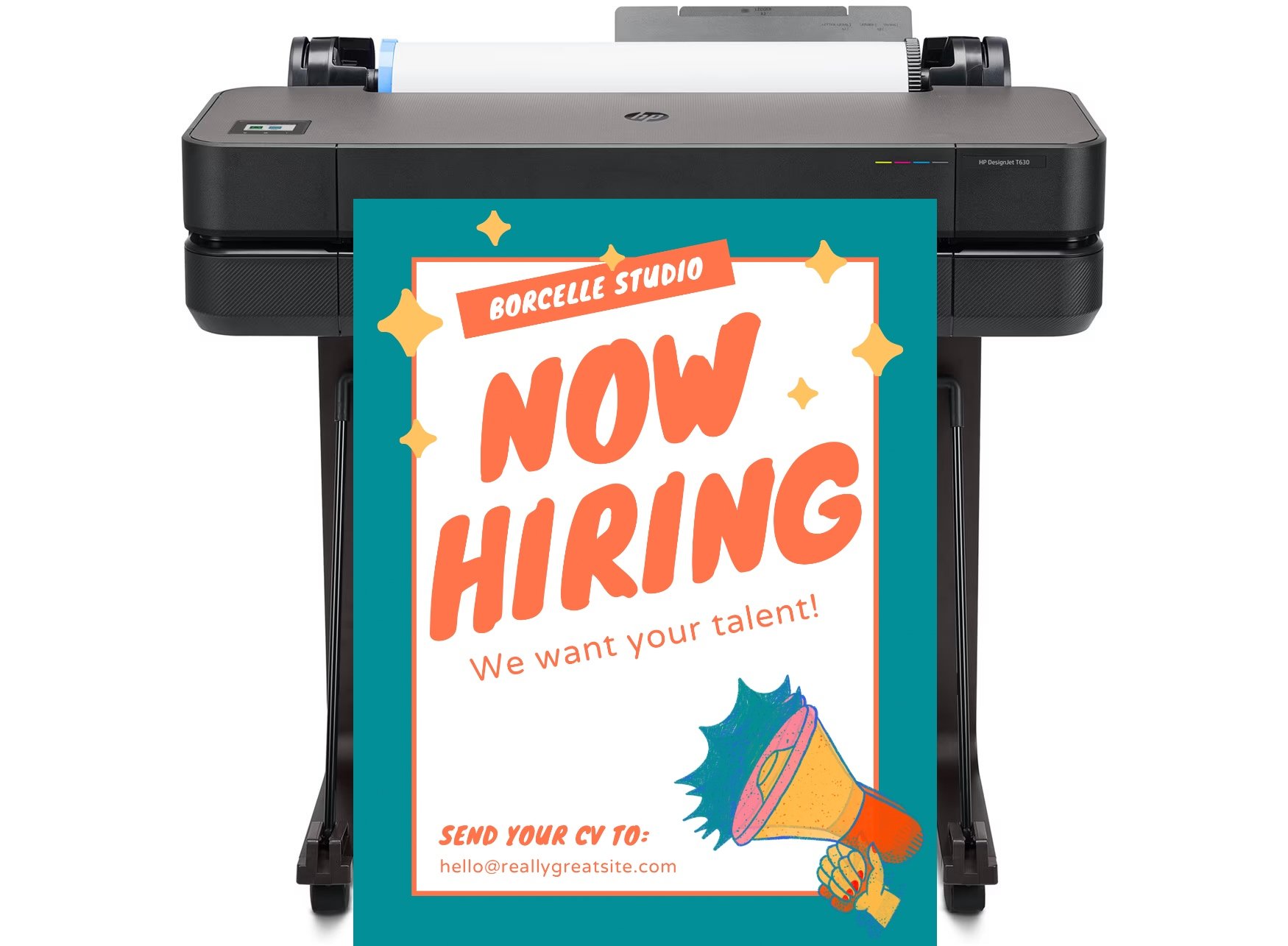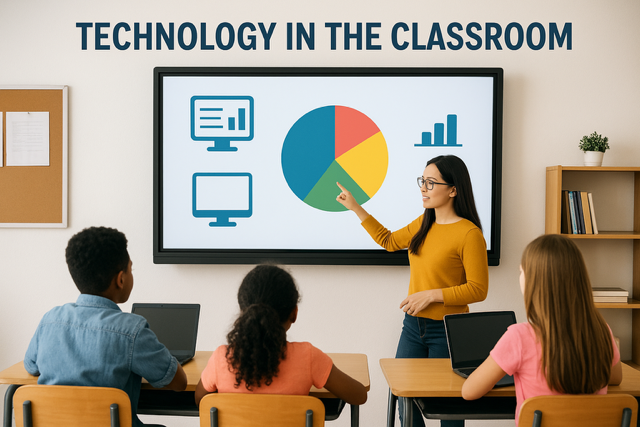
DISCOUNTED EDUCATION PRICING! CALL 1-877-891-8411. We Gladly Accept School Purchase Orders!

In school’s today, technology in the classroom has become far more than a convenience—it is an essential cornerstone of modern learning. From interactive whiteboards and digital learning platforms to AI-driven personalized learning tools, classroom technology is transforming the way teachers teach and students engage with content. Schools that integrate these tools effectively can boost student engagement, encourage collaboration, and equip learners with the skills needed to thrive in an increasingly digital society.
The field of educational technology (EdTech) is evolving rapidly, with new EdTech trends constantly reshaping classrooms. Gamified learning apps, virtual reality (VR) experiences, cloud-based collaboration platforms, and adaptive learning software are no longer futuristic concepts—they are becoming standard practice in schools worldwide. By staying informed about these trends, educators can implement strategies that not only enhance learning outcomes but also foster creativity, critical thinking, and problem-solving skills among students.
However, the integration of technology is not without challenges. Schools must address issues such as digital equity, cybersecurity, and teacher training to ensure that technology enhances learning rather than creating barriers. Understanding the potential and limitations of EdTech allows administrators and educators to make informed decisions, tailoring solutions to their unique classrooms.
This comprehensive guide explores the benefits, challenges, and future of EdTech, offering practical strategies for educators, administrators, and policymakers. Recognizing how technology can enhance teaching and learning is no longer optional—it is a critical component of preparing students for success in the digital age. By embracing the latest EdTech trends, schools can create dynamic, engaging, and future-ready learning environments that meet the needs of every learner.
Classrooms technology has evolved far beyond chalkboards, overhead projectors, and paper textbooks. Over the past two decades, digital devices and online platforms have transformed the learning environment.
The COVID-19 pandemic accelerated the adoption of online learning tools, forcing schools to rethink traditional teaching methods. Remote learning highlighted the importance of classroom technology not just for engagement, but for maintaining continuity in education.
Technology in the classroom is not just a convenience—it provides measurable improvements in learning outcomes. Here are the key benefits:
Digital tools make lessons interactive and visually appealing, capturing students’ attention and motivating participation. Science teachers, for example, can use virtual lab simulations to allow students to conduct experiments in a safe digital environment. Interactive learning like this improves comprehension and retention.
Adaptive learning technology tailors lessons to individual student needs. AI-driven platforms analyze performance to adjust content and difficulty in real-time. Tools like DreamBox or Khan Academy offer personalized learning paths, helping students progress at their own pace. Teachers can also use performance data to provide targeted support for students who may be struggling.
Technology in the classroom fosters collaboration among students and teachers. Digital platforms allow group projects, peer feedback, and communication beyond the classroom. Tools like Padlet, Microsoft Teams, or Zoom support collaborative learning, enabling students to work together on shared documents, presentations, or research projects even remotely.
The internet provides a vast library of educational resources, from videos to interactive modules. Students can explore topics beyond the textbook, promoting curiosity and independent learning. For example, history students can use virtual museum tours or primary source archives, while geography lessons can be enriched with Google Earth explorations.
Incorporating technology equips students with essential digital literacy skills. Familiarity with software, coding, and online collaboration prepares learners for higher education and the workforce, ensuring they’re ready for a technology-driven world.
Quick tip for teachers:
Combine traditional teaching methods with technology to create interactive lessons that cater to different learning styles and keep students engaged.
Here are examples of how schools are leveraging technology effectively:
Even with its benefits, integrating technology into classrooms comes with obstacles:
Acquiring and maintaining devices, software subscriptions, and IT support can be expensive. Schools need to plan strategically and consider cost-benefit trade-offs when implementing technology.
Some educators hesitate to adopt new tools due to unfamiliarity. Ongoing professional development is crucial to ensure teachers can effectively leverage technology to enhance learning.
Not all students have access to devices or high-speed internet at home. Schools must address the digital divide by offering device lending programs, subsidized internet access, or technologies that are inclusive for all learners.
Excessive screen time can contribute to eye strain and decreased attention. Educators should balance digital activities with hands-on or offline learning to promote healthy engagement.
The role of technology in education continues to expand with emerging innovations:
AI is transforming personalized learning, offering adaptive software, automated grading, and predictive analytics. By identifying learning gaps, AI can help teachers deliver targeted interventions more efficiently.
AR and VR create immersive learning experiences. Students can virtually explore historical sites, walk through the human anatomy, or conduct interactive science experiments—making lessons more memorable and engaging.
Schools are increasingly focusing on coding, robotics, and computational thinking. Platforms like Scratch and LEGO Education make programming accessible, hands-on, and fun for students of all ages.
Cloud technologies support seamless collaboration, remote learning, and easy resource sharing. Teachers can distribute lessons, track student progress, and facilitate group projects without logistical hurdles.
Q1: How does technology improve student engagement?
A1: Interactive digital tools make lessons visually appealing and hands-on, encouraging participation and active learning.
Q2: What are some examples of technology used in classrooms?
A2: Examples include tablets, interactive whiteboards, VR experiences, educational apps, and learning management systems like Google Classroom.
Q3: How can teachers ensure all students have access to technology?
A3: Schools can implement device lending programs, provide internet access, and use inclusive technologies to bridge the digital divide.
Q4: Is AI replacing teachers?
A4: No. AI complements teachers by automating tasks and providing personalized insights, but human guidance, mentorship, and empathy remain essential.
Q5: How much screen time is appropriate for students?
A5: It varies by age, but balancing digital and offline activities is important for health, engagement, and social development.
Technology in the classroom is no longer a luxury—it’s a necessity. From interactive whiteboards and AI-driven learning tools to cloud-based collaboration, digital technology reshapes education in ways that enhance engagement, promote collaboration, and improve student outcomes. Schools that implement technology thoughtfully and equitably equip students with the skills they need to succeed in the modern world.
By combining innovative EdTech solutions with comprehensive teacher training and equitable access for all learners, technology transforms classrooms into dynamic environments that actively enrich learning experiences, spark curiosity, and foster critical thinking. Thoughtfully implemented educational technology empowers teachers to personalize instruction, engage students through interactive and immersive tools, and create collaborative learning opportunities that extend beyond the walls of the classroom. From AI-driven learning platforms and digital simulations to virtual reality experiences and cloud-based collaboration, EdTech equips students with the skills, creativity, and adaptability they need to navigate the complex challenges of the 21st century. When schools embrace technology as a strategic partner in education, it becomes more than a tool—it becomes a catalyst for lifelong learning, innovation, and student success.